In 2007, when many prominent voices were lamenting the death of photojournalism, nine award-winning photographers came together to form NOOR. Launched at Visa pour l’image in Perpignan, NOOR – which means ‘light’ in Arabic – was one of the first agencies to be born in the digital era, allowing its members to respond from the get-go.
These photographers are at its core because, like other cooperative agencies such as Magnum and VII Photo, NOOR is owned and operated by its members. These currently include founders Stanley Greene, Pep Bonet, Yuri Kozyrev, Kadir van Lohuizen and Francesco Zizola, who were later joined by Jon Lowenstein, Nina Berman, Andrea Bruce, Alixandra Fazzina, Bénédicte Kurzen – and most recently Sebastián Liste and Asim Rafiqui, all of whom pay a monthly fee and have a financial stake in the NOOR agency and foundation. They’re an international bunch, and they have diverse visions, but share a commitment to producing independent visual reports on challenging global issues. Their main goal in starting the agency was to pool their resources, allowing them to make this work, get it seen and – hopefully – make a change.
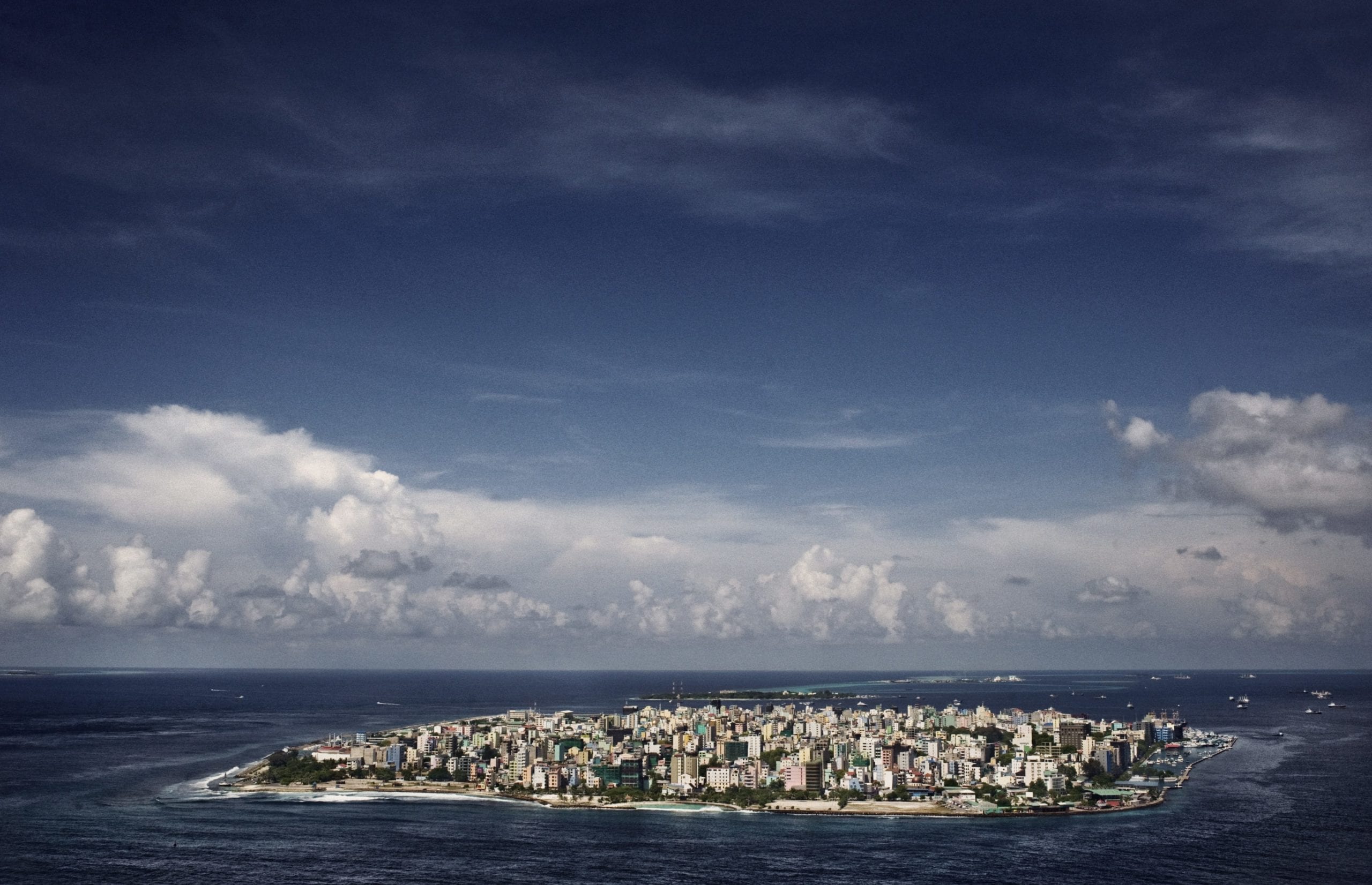
Malé, one of the most densely populated cities in the world, as seem from a plane. Nearly 104,000 people cram on 5,798 square meters.
This model is managed by a small supporting team based in Amsterdam. The inaugural managing director, Claudia Hinterseer, had a background in education at World Press Photo; her successor, Evelien Kunst, brought extensive commercial experience to the agency. Last year NOOR appointed a new managing director, Clément Saccomani, previously editorial director at Magnum Paris; he was recently joined by a new sales and assignments manager, Agata Bar, who has 10 years of experience with organisations such as Foam.
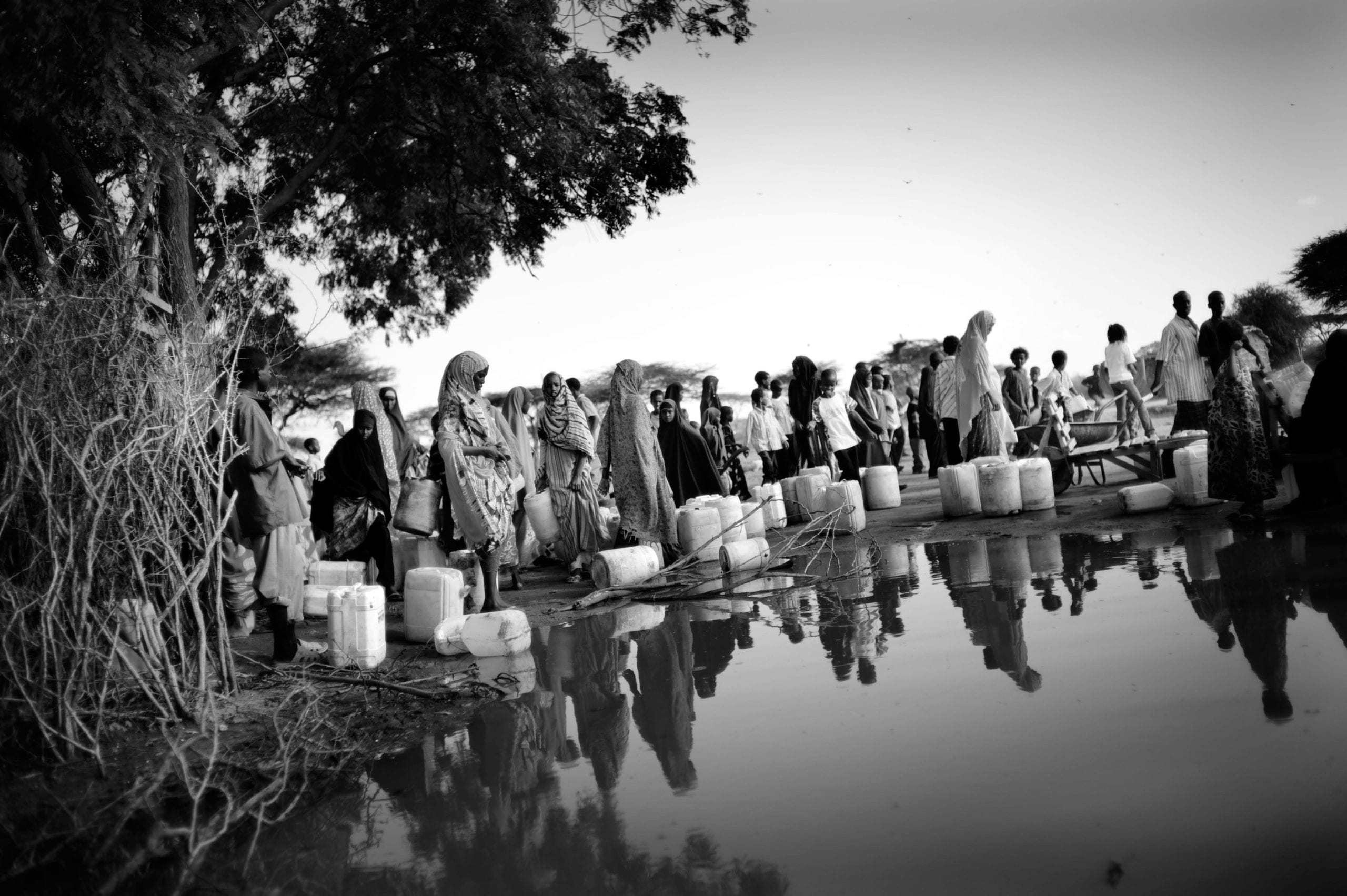
the world biggest refugeecamp with apx. 300.000 people living there.
Due to heavy rain, big areas of the Dadaab refugeecamp is flooded,contaminating the drinking water. more rain is expected and a general fear og an El nino to hit the area. The contamineted still water is also perfect conditions for malaria mosqitos and the increase of Malaria cases is already seen.
This helps when it comes to the group projects, which are supported by a diverse but carefully selected group of partners. Its main supporter, Nikon Europe, has been on board for years, helping finance the NOOR Foundation’s educational initiatives by providing several free workshops a year, and also funded several large-scale group projects, such as Climate Change in 2009 and 2010.
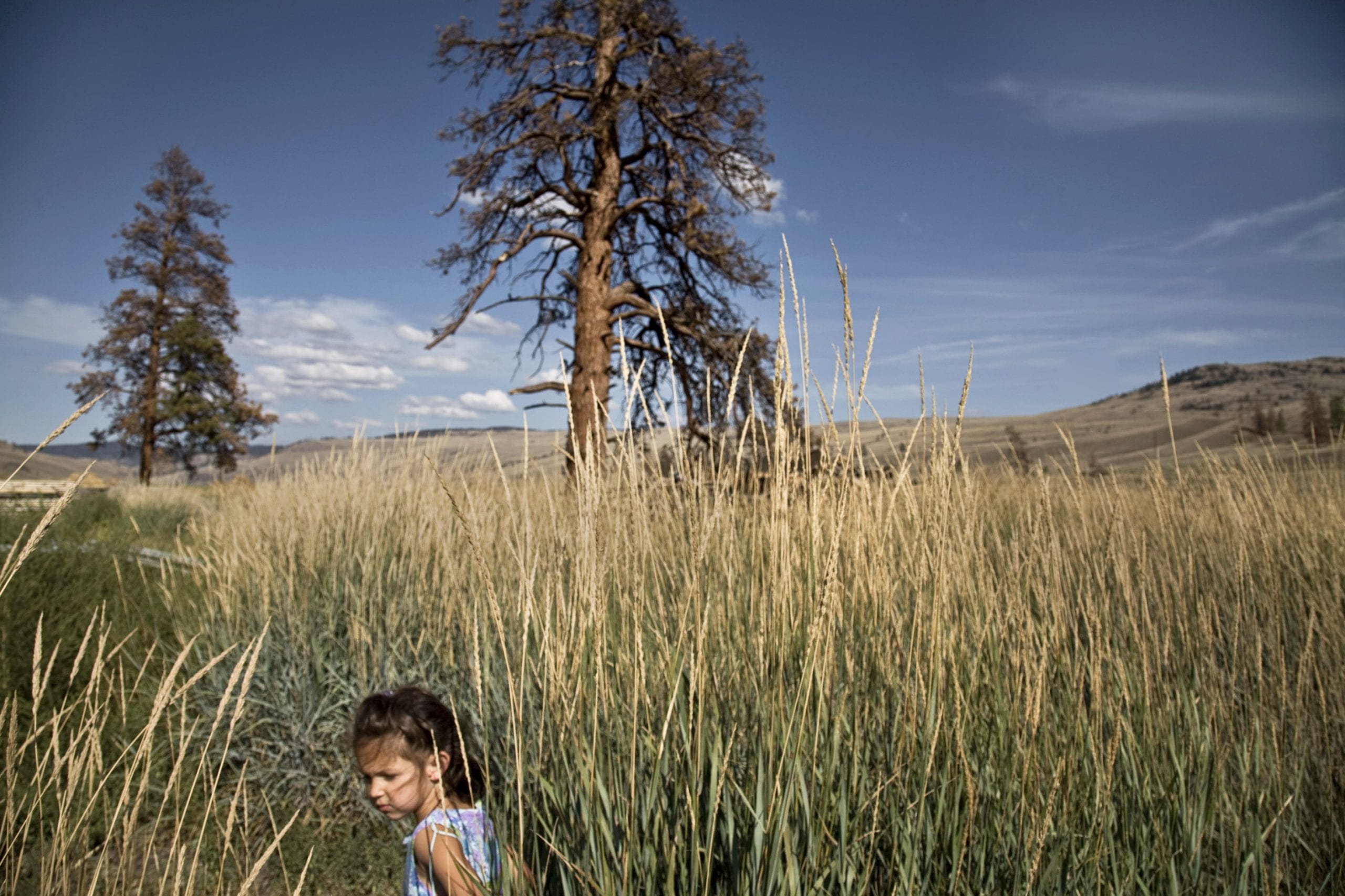
Another group project, initiated by Berman and co-shot by Andrea Bruce, Alixandra Fazzina and Stanley Greene, culminated in an outdoor exhibition in Za’atari in northern Jordan, one of the largest refugee camps in the world. With help on the ground from partners UN refugee agency UNHCR and Japanese NGO JEN, the four photographers documented life in the camp and set up a photo booth for residents, allowing them to have their portrait taken and get a print. The project then evolved into a giant photographic mural that transformed the 120-meter concrete security wall at the camp’s entrance, showing residents at a monumental scale and, critically, allowing them to see the work as well as feature in it. It was, says Berman, a stark contrast to the aerial photographs of the camp that had initially spurred her on – and to the usual editorial approach.
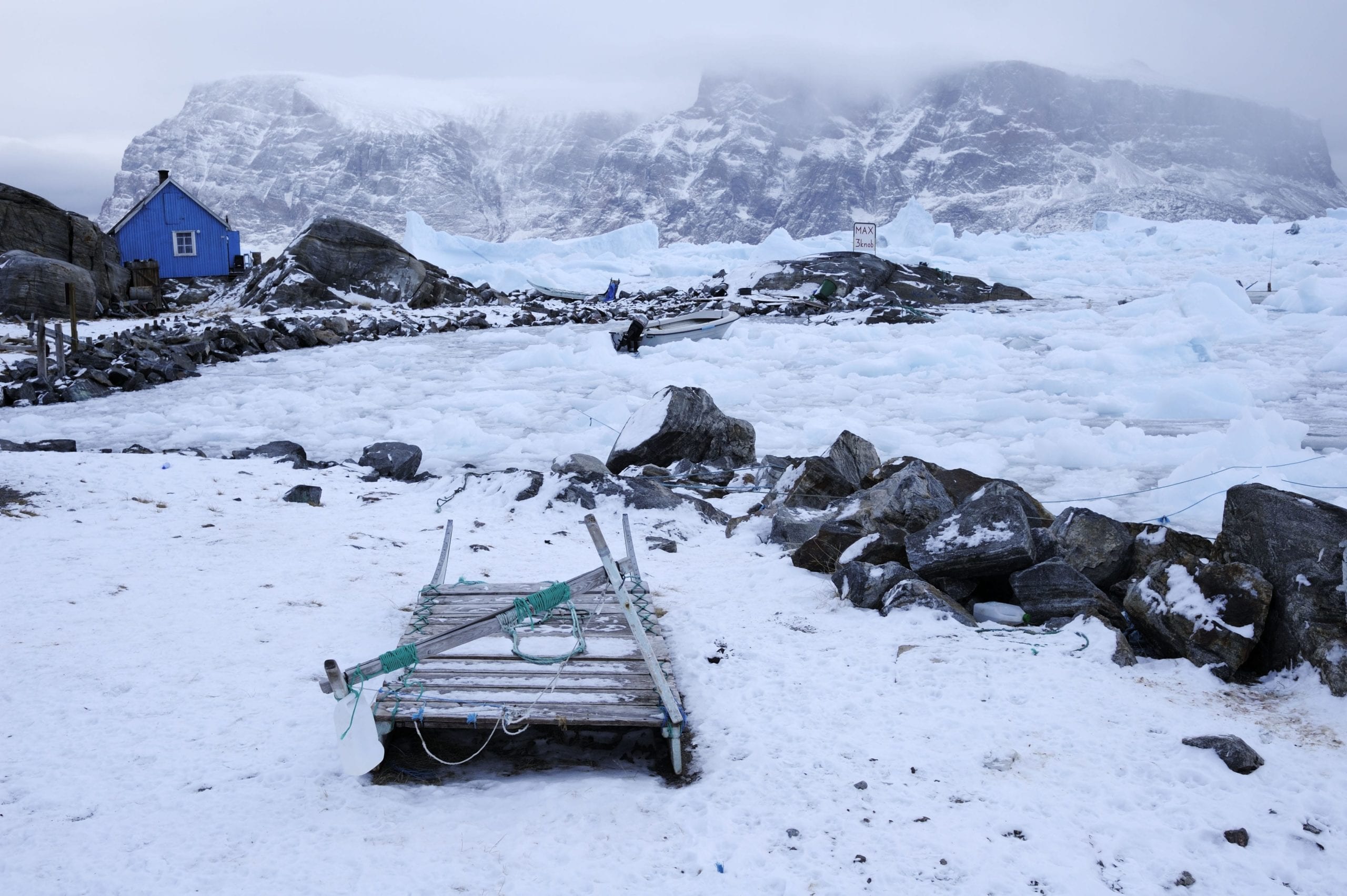
Visual footsteps of Rockwell Kent , blue house ,abandoned dog sled, in a frozen harbor ”
It’s something Saccomani has noticed with all the NOOR members, he says, pointing out that having “spent years working on a story” photographers want to do much, much more than simply publish it in a few magazines. He points to Kadir van Lohuizen’s Via Pan-Am as a case in point, a huge story on migration in the Americas which was published on an interactive website and app, in the international press, in a book, and widely exhibited.
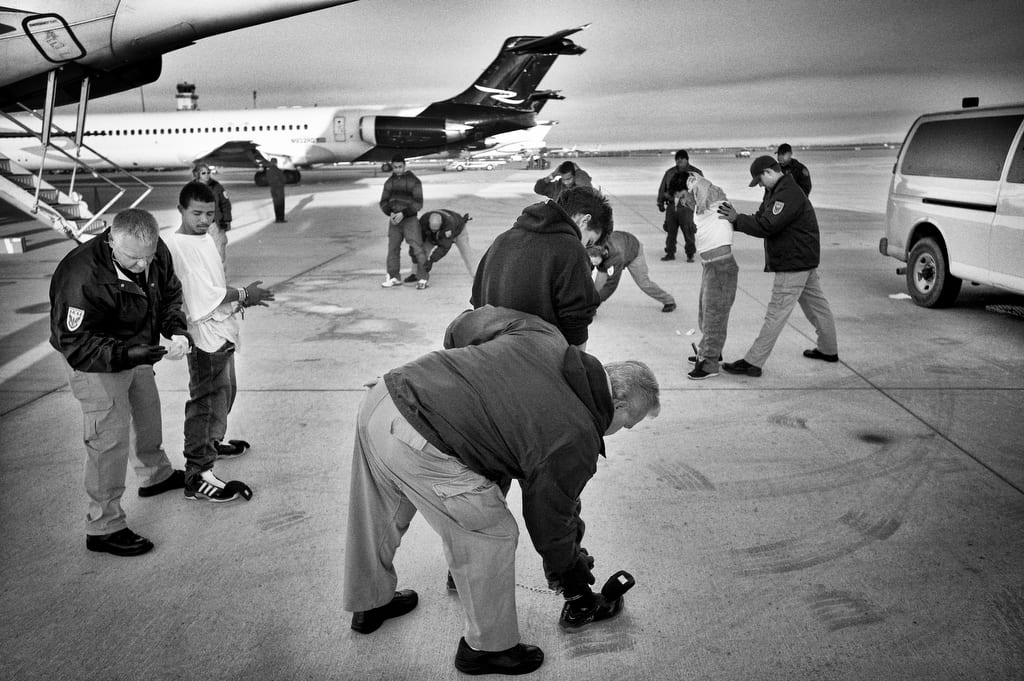
It actually presents an opportunity, says Saccomani, who’s hoping to maximise on this kind of approach in future. “We’re working with a few partners to really try to share experiences, to make Amsterdam become a hub and lab for photojournalism, for visual storytelling,” he says. “We have museums here, we have big organisations who are in the mix of culture, arts, experience and education. We are all in this, and it’s pretty exciting. The world has changed. Beyond talking about the ‘crisis’ of photojournalism, there are photographers and photojournalism everywhere in the world. Everybody is connected, everybody wants to be informed. How can we participate?”
For more information, see here.

